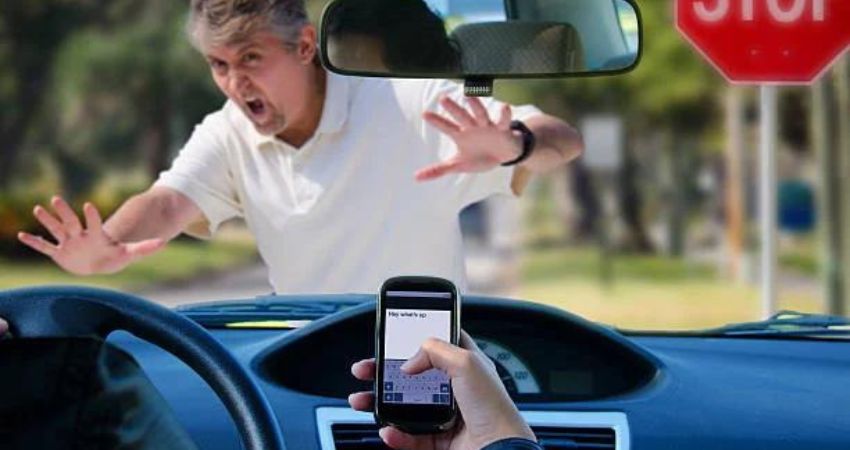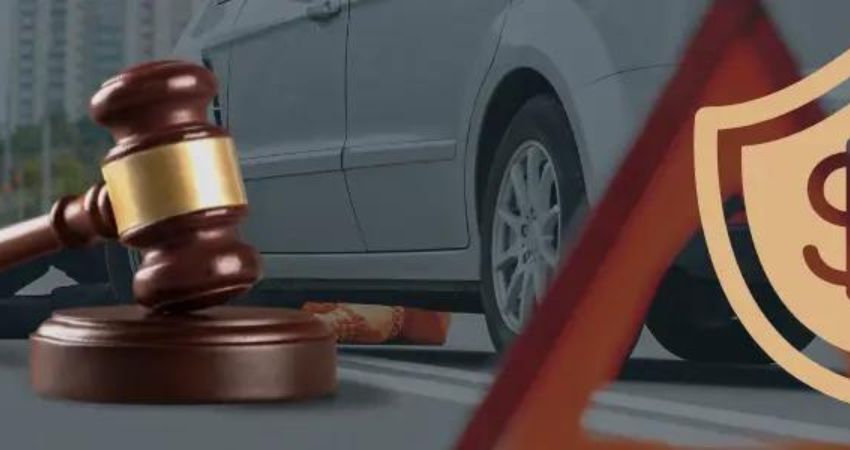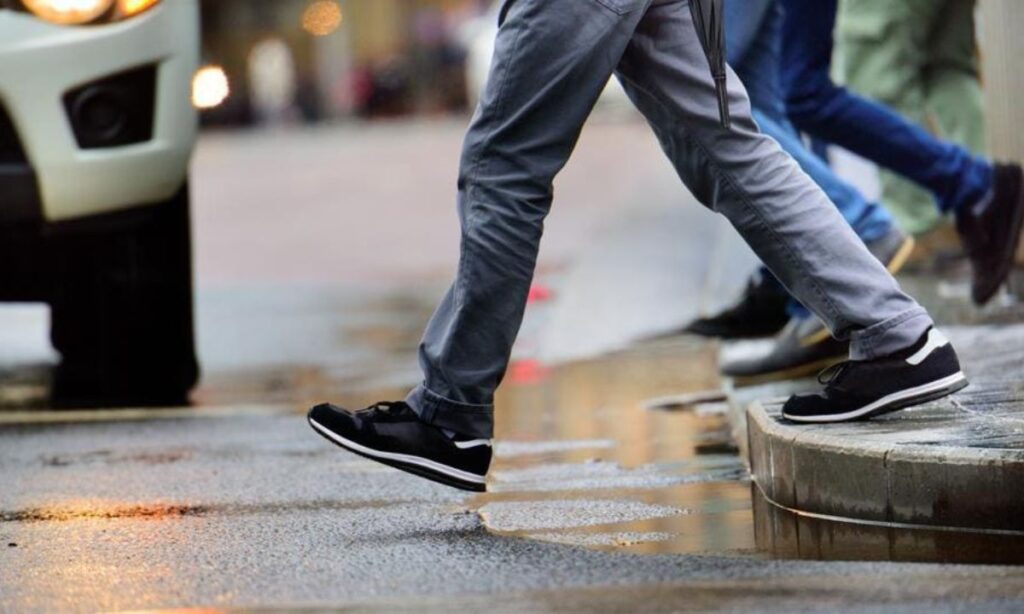Pedestrian Accident Liability Insurance Coverage: Pedestrian accidents can result in severe injuries and financial burdens for both pedestrians and drivers involved. In such cases, understanding liability insurance coverage is crucial for determining how compensation for damages will be handled. This comprehensive guide aims to provide valuable insights into pedestrian accident liability insurance coverage, helping individuals navigate the complexities of claims and compensation.
Pedestrian Accident Liability Insurance Coverage
Before delving into insurance coverage, it’s essential to understand the causes and consequences of pedestrian accidents. Factors such as distracted driving, speeding, failure to yield, and poor visibility contribute to these accidents, often resulting in serious injuries or fatalities for pedestrians.
Understanding the causes and effects of pedestrian accidents is really important before we talk about insurance. There are a few things that often lead to these accidents. One big problem is when drivers aren’t paying attention, like when they’re using their phones or doing something else instead of focusing on the road. Speeding is another issue – when drivers go too fast, they might not have enough time to react if someone steps into the road. Sometimes drivers don’t give pedestrians the right of way, especially at crosswalks or intersections. And then there’s poor visibility, which can make it hard for drivers to see pedestrians, especially at night or in bad weather.
All of these factors can contribute to pedestrian accidents, and unfortunately, they often result in serious injuries or even deaths. When a pedestrian is hit by a car, they can suffer from broken bones, head injuries, or internal injuries. In the worst cases, the accident can be fatal, leaving families devastated.
Liability in Pedestrian Accidents
Figuring out who’s responsible when a pedestrian gets hurt in an accident depends on a few things. It looks at stuff like traffic rules, who had the right to go first, and what the pedestrian and driver did. Sometimes, the driver is the one to blame for the accident. This happens especially if they didn’t drive carefully or broke the traffic rules.
When there’s an accident involving a pedestrian, understanding who’s at fault can be a bit complicated. It’s not just about what happened at the moment of the accident; it also involves looking at the events leading up to it and the rules that everyone should follow on the road.

Traffic laws are rules that everyone using the road must obey. These laws help keep everyone safe by telling us how to behave when we’re driving, walking, or biking. For example, traffic lights tell us when to stop and go, crosswalks are meant for pedestrians to cross safely, and speed limits help control how fast vehicles can travel in certain areas.
The right of way is another important concept in determining liability. It refers to who has the legal right to proceed first in a particular situation. For instance, pedestrians usually have the right of way when they’re crossing the street in designated crosswalks or at intersections with pedestrian signals. Drivers are supposed to yield to pedestrians in these situations.
Understanding Liability Insurance Coverage
Liability insurance coverage plays a significant role in compensating victims of pedestrian accidents. Most drivers are required to carry liability insurance, which covers bodily injury and property damage caused to others in accidents where they are at fault. Understanding the coverage limits and types of damages included in liability insurance is essential for pedestrians seeking compensation.
Bodily Injury Coverage
Bodily injury coverage under liability insurance provides compensation for medical expenses, lost wages, pain and suffering, and other damages incurred by pedestrians injured in accidents involving insured drivers. It’s crucial to understand the limits of bodily injury coverage and how it applies to pedestrian accident claims.
Property Damage Coverage
Property damage coverage helps people get money back for things that get broken or damaged in accidents. For example, if someone’s clothes, phone, or other stuff gets ruined because a driver wasn’t careful and hit them, this coverage can help pay for it. It’s usually part of the insurance that drivers have, and it’s meant to help pedestrians recover some of the money they lost because of the accident.
Property damage coverage is an essential aspect of insurance that provides financial protection to pedestrians in case their personal belongings are damaged due to the negligence of a driver in an accident. This coverage extends to various items such as clothing, electronic devices like smartphones or tablets, bags, and any other belongings that may be damaged or destroyed in a collision.

Imagine walking down the street, minding your own business, when suddenly a driver who isn’t paying attention hits you. In such unfortunate situations, not only can you get hurt physically, but your personal belongings, like your clothes or your phone, could also get damaged or even destroyed.
That’s where property damage coverage comes in. It’s like a safety net that helps cover the costs of replacing or repairing your belongings that were damaged because of the accident. For instance, if your phone screen cracks or your bag gets torn because of the collision, this coverage can help pay for the repairs or even replace the damaged items entirely.
Hit-and-Run Accidents
In cases where the driver flees the scene of the accident (hit-and-run), obtaining compensation can be more challenging for pedestrians. However, uninsured motorist coverage, which is often included in auto insurance policies, can provide coverage for hit-and-run accidents, including those involving pedestrians.
Comparative Negligence and Insurance Claims
In some pedestrian accidents, both the pedestrian and the driver may share responsibility for the accident. States that follow comparative negligence laws allow compensation to be awarded based on each party’s degree of fault. Understanding how comparative negligence laws affect insurance claims is essential for pedestrians seeking compensation.
Seeking Legal Assistance
Navigating pedestrian accident liability insurance coverage and pursuing compensation can be complex, especially when dealing with insurance companies and legal proceedings. In such cases, seeking legal assistance from a knowledgeable attorney specializing in personal injury law can be invaluable. An experienced attorney can advocate for the rights of pedestrians, negotiate with insurance companies, and help secure fair compensation for injuries and damages.
Conclusion
Pedestrian accidents can have devastating consequences, but understanding liability insurance coverage is essential for obtaining compensation for injuries and damages. By understanding the basics of liability insurance, including bodily injury and property damage coverage, as well as factors such as comparative negligence and hit-and-run accidents, pedestrians can navigate the claims process effectively. In cases where legal assistance is needed, consulting with a qualified attorney can provide invaluable support and guidance. Remember, pedestrians have rights, and holding negligent drivers accountable for their actions is essential for promoting safety on our roads.



